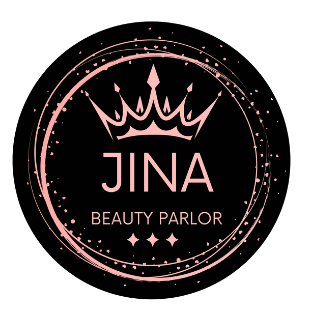The quest for perfect brows can lead you to various semi-permanent makeup techniques, with microblading and Permanent Makeup (PMU) brows being two of the most popular options. Both techniques offer different benefits, and choosing between them depends on several factors such as skin type, desired look, and lifestyle. This blog post will compare microblading and PMU brows to help you decide which option is better for you.
What is Microblading?
Microblading is a semi-permanent tattooing technique that uses a handheld tool with tiny needles to create hair-like strokes. The pigment is deposited just under the skin’s surface, giving a realistic, natural-looking appearance.
Key Features of Microblading:
- Involves manual creation of hair-like strokes.
- Ideal for clients seeking a natural look.
- Lasts about 1-2 years, depending on skin type and aftercare.
What are PMU Brows?
PMU brows, also known as powder brows or ombre brows, involve using a machine to implant pigment deeper into the skin, creating a shaded or powdered effect. The results can range from a soft, natural look to a more defined, makeup-like appearance.
Key Features of PMU Brows:
- Uses a digital machine to create a powdery effect.
- Suitable for clients wanting a more filled-in look.
- Lasts about 1.5-3 years, depending on various factors.
Comparing Microblading and PMU Brows
1. Technique
Microblading:
Microblading uses a handheld tool to create individual strokes that mimic natural eyebrow hairs. The pigment is deposited into the upper dermal layer, making the results appear very realistic.
PMU Brows:
PMU brows are created using a machine that injects the pigment into the skin. The pigment is placed slightly deeper than microblading, which can help the color last longer. The shading effect mimics the appearance of makeup rather than individual hair strokes.
2. Results
Microblading Results:
The results of microblading are very natural, with hair-like strokes that blend seamlessly with existing brow hair. It’s ideal for people who want to fill in sparse areas without the appearance of wearing makeup.
PMU Brows Results:
PMU brows provide a soft-shaded or powder-filled look, making them suitable for clients who prefer a more defined eyebrow appearance. This technique is particularly good for individuals who want a look similar to what they achieve with makeup.
3. Durability
Microblading Durability:
Typically lasts 1-2 years before a touch-up is needed. Factors like skin type, lifestyle, and aftercare will affect how quickly the pigment fades. People with oily skin may find that the strokes blur more quickly.
PMU Brows Durability:
The technique can last between 1.5 to 3 years. The pigment fades more uniformly, and touch-ups are usually needed less frequently than with microblading. The longevity depends on factors such as skin type, sun exposure, and lifestyle habits.
Which Clients are Better Suited for Each Method?
1. Skin Type
Microblading:
Best suited for clients with normal to dry skin. Oily skin can cause the strokes to blur faster, making microblading less suitable for those with oily or combination skin. People with sensitive skin may also experience longer healing times.
PMU Brows:
Works well on all skin types, including oily and mature skin. The powder effect is more resistant to oil, sweat, and environmental factors, making it ideal for clients who need long-lasting results.
2. Desired Look
Microblading:
Offers a natural, subtle enhancement that mimics actual hair. It’s great for people who want to fill in gaps or define the shape of their eyebrows without looking like they’re wearing makeup.
PMU Brows:
Delivers a more filled-in and defined look. It’s perfect for individuals who regularly wear brow makeup and want a more polished appearance.
3. Aftercare and Maintenance
Both techniques require careful aftercare to preserve the results, including avoiding getting the brows wet, excessive sun exposure, and certain skincare products.
Microblading Aftercare:
Avoid excessive moisture, makeup, and skincare products around the brows for at least one week. Touch-ups are usually needed every 12-18 months to maintain the crisp appearance of the hair strokes.
PMU Brows Aftercare:
Similar to microblading, but the powdery effect makes the results more durable and even over time. Touch-ups are typically needed every 1.5 to 3 years.
FAQs
Q1. Is microblading more painful than PMU brows?
Both techniques involve some level of discomfort, but the sensation varies from person to person. Numbing cream is used to minimize pain.
Q2. Can I switch from microblading to PMU brows?
Yes, it’s possible to switch between techniques. A professional artist can advise on the best approach based on your existing brow tattoo and skin condition.
Q3. Which method requires more frequent touch-ups?
Microblading generally requires more frequent touch-ups than PMU brows because the pigment fades more quickly.
Q4. How do I know which technique is right for me?
Consulting with a qualified brow artist is the best way to determine which method will best meet your needs based on your skin type, desired look, and lifestyle.
Conclusion
Choosing between microblading and PMU brows depends on your personal preferences, skin type, and lifestyle. If you prefer a natural look and have normal to dry skin, microblading may be the best choice. For those who want a bolder, filled-in look that lasts longer, PMU brows are the better option. Consult with a trained professional to find the perfect solution for your brows.


